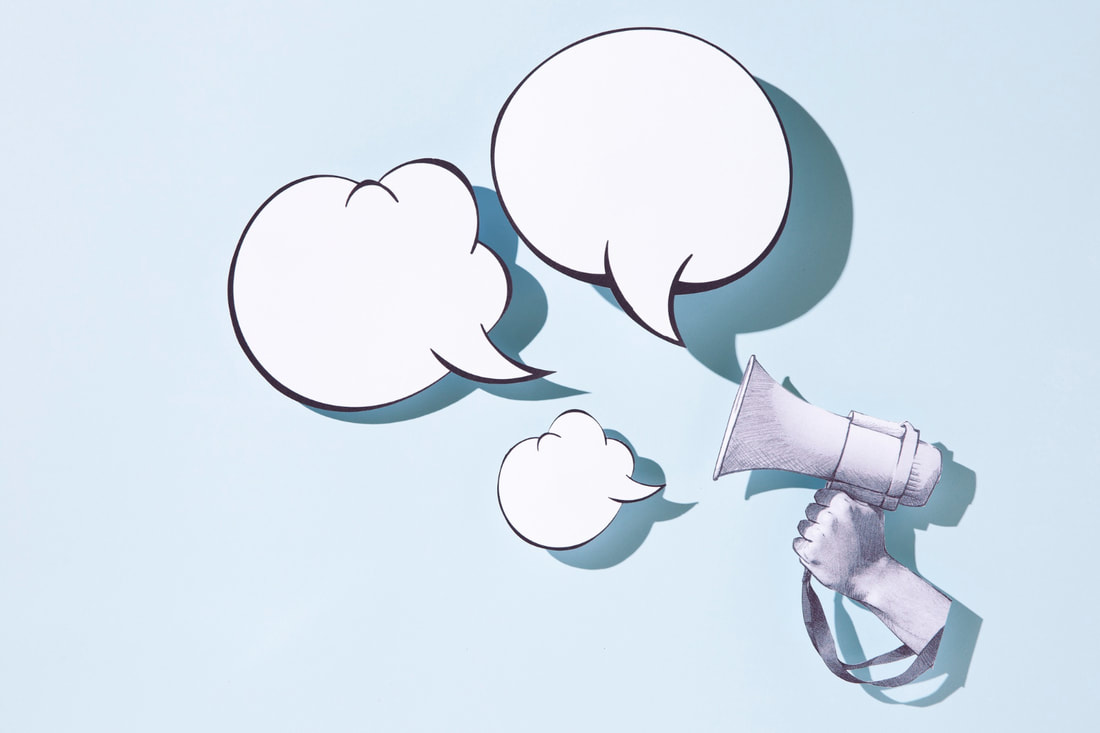|
By: Kathy Kent Toney, CEO & Founder of Kent Solutions In today's hyper-connected world, customers expect a seamless and personalized experience across all touchpoints. Gone are the days of one-size-fits-all marketing campaigns. If you're not tracking how they interact with your marketing efforts, trying to fill in the "word balloons" of what you perceive they are thinking is futile. To truly resonate with your audience, you must understand their behavior and tailor your engagement accordingly. Enter behavior-based triggers – a powerful tool that empowers you to deliver the right message at the right time based on your customers' and prospects’ actions. Here are four steps on how to use these triggers to enhance jour customers' journey: 1. Identifying Behavioral Patterns The first step in leveraging behavior-based triggers is to identify the key actions and patterns that signify intent or interest. These could range from website visits and email opens to product usage and purchase history. By closely monitoring these behaviors, you can gain valuable insights into your customers' needs and preferences. 2. Defining Trigger Points Once you've identified the relevant behavioral patterns, it's time to define the trigger points that will initiate personalized engagement. These triggers could be based on specific actions, such as abandoning a shopping cart or downloading a whitepaper, or they could be based on a combination of behaviors over time. 3. Crafting Personalized Engagement Paths With your trigger points in place, you can create tailored engagement paths that deliver targeted content and offers based on your customers' behavior. For example, if a customer abandons their shopping cart, you could trigger an automated email sequence offering a limited-time discount or free shipping to encourage them to complete their purchase. 4. Nurturing the Customer Journey Behavior-based triggers aren't just for one-off interactions; they can also be used to nurture customers through their entire journey. By continuously monitoring their behavior and responding with relevant content and offers, you can build stronger relationships and drive customer loyalty. Closing Thoughts Implementing behavior-based triggers requires a deep understanding of your customers and a willingness to adapt your marketing strategies accordingly. However, the rewards are well worth the effort. By delivering personalized and timely engagement, you can create a superior customer experience that drives conversions, fosters loyalty, and ultimately, boosts your bottom line. # # # As we all know, AI is revolutionizing the way we do business. That being said, how would you like to have a listing of some of the best AI-based marketing tools in one document? Then, this is your lucky day! If you're ready to up your marketing game, download my new freebie, 10 Sales & Marketing Automation Tools for Small Businesses on a Budget! You'll learn what some of the best tools are out there that offer an affordable price tag.
0 Comments
Leave a Reply. |
Archives
July 2024
Categories
All
|


 RSS Feed
RSS Feed
